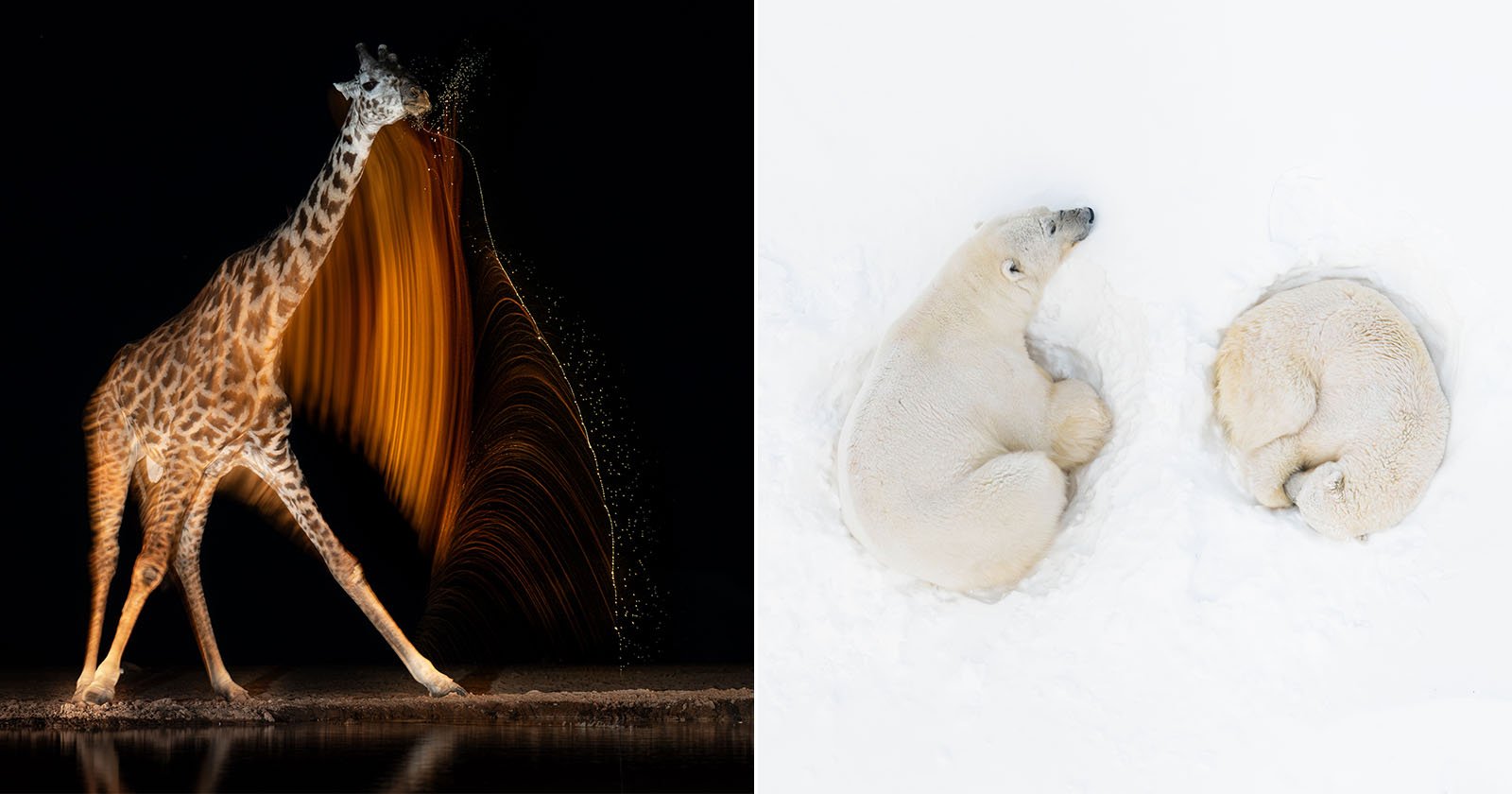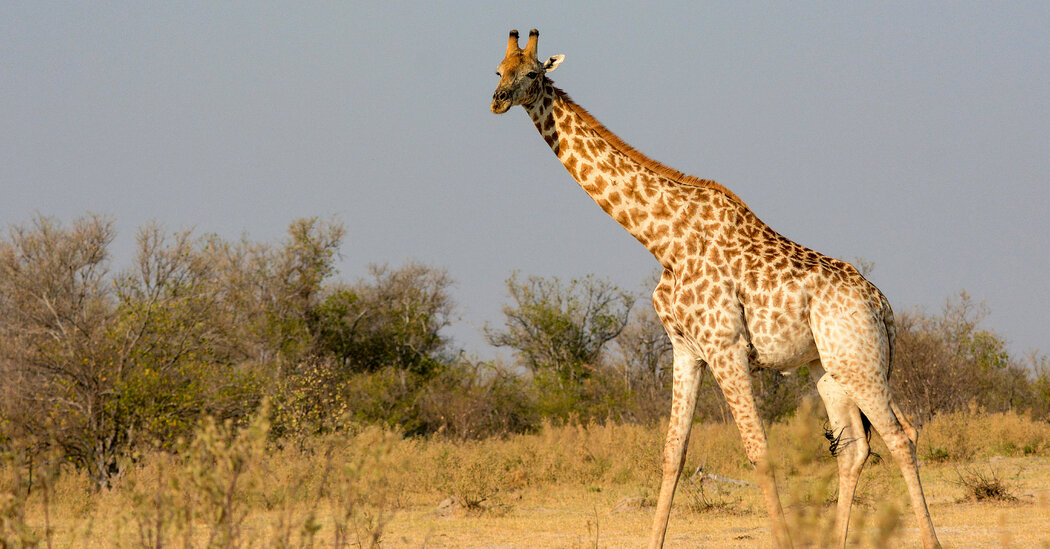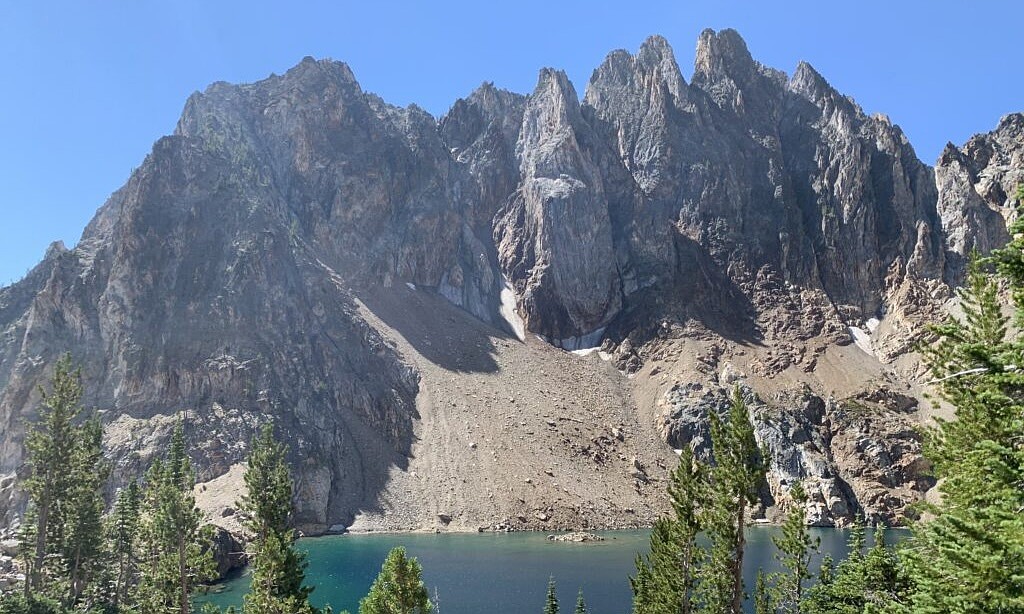Conservation
Over 200 Renowned Photographers Unite for Wildlife Conservation

**Over 200 Top Photographers Collaborate for Wildlife Conservation Initiative**
What’s Happening?
The inaugural Edition Hope campaign by Prints for Wildlife is uniting over 200 renowned photographers to support global wildlife conservation. This initiative has already surpassed expectations by raising over $2.1 million since its inception in 2020. Every photograph in the collection, priced at $250, ensures that 100% of the proceeds go directly to conservation efforts.
Where Is It Happening?
This global initiative is bringing together photographers and supporters from around the world, with conservation projects benefiting regions most in need of protection and funding.
When Did It Take Place?
The campaign launched recently, with ongoing efforts to raise funds and awareness for wildlife conservation through the sale of limited-edition prints.
How Is It Unfolding?
– Over 200 photographers are contributing stunning wildlife images to the Edition Hope collection.
– Each print is sold for $250, ensuring that all proceeds go to crucial conservation programs.
– Funds raised will support various global projects dedicated to protecting endangered species and their habitats.
– The campaign highlights the urgent need for wildlife conservation through impactful visual storytelling.
Quick Breakdown
– Campaign name: Edition Hope.
– Over 200 photographers contributing.
– Prints priced at $250, all proceeds going to conservation.
– Aims to build on the success of previous campaigns that raised over $2.1 million.
– Urgent focus on preserving endangered species and their habitats.
Key Takeaways
Prints for Wildlife’s Edition Hope campaign is a beacon of hope for global wildlife conservation, uniting the world’s top photographers to rally support and funds for critical projects. By selling limited-edition prints, the initiative not only raises money but also amplifies the message of conservation. Each photograph tells a story of resilience and the urgent need to protect our planet’s biodiversity. The campaign exemplifies the power of art and community in driving meaningful change.
“Edition Hope is more than a campaign; it’s a global call to work together to mend our relationship with nature.”
– Jane Thompson, Conservation Photographer
Final Thought
The Edition Hope campaign by Prints for Wildlife exemplifies the stunning intersection of art and activism, where every print purchased becomes a vote for conservation. By bringing together over 200 top photographers, this initiative underscores the shared responsibility to safeguard wildlife and their habitats. In a world where biodiversity is rapidly declining, Edition Hope offers a tangible way to make a difference, proving that collective action can indeed inspire hope for a sustained future.
Source & Credit: https://petapixel.com/2025/08/21/over-200-renowned-photographers-unite-for-wildlife-conservation/
Conservation
Scientists Split Giraffes Into Four Species. Three Are In Trouble.
Conservation
See pictures of Florida’s secretive, rare rainbow snake
Conservation
New map shows public land in Idaho flagged for potential disposal
-

 Dallas2 weeks ago
Dallas2 weeks agoDallas Wings Make Joking Comment on Indiana Fever After Upset Win
-

 News2 weeks ago
News2 weeks ago49ers Head Coach Reveals Surprising Praise for Broncos’ Bo Nix
-

 News2 weeks ago
News2 weeks agoKyle Schwarber Drops Massive Hint on Staying With Phillies for ‘Period of Time’
-

 Dallas2 weeks ago
Dallas2 weeks agoSophie Cunningham Issues Apology After Actions in Fever Loss
-

 News2 weeks ago
News2 weeks agoPhillies $100M Slugger Responds on Kyle Schwarber Potentially Joining NL Rival
-

 News2 weeks ago
News2 weeks agoAnn Wilson of Heart returns from cancer battle to concert stage
-

 Dallas2 weeks ago
Dallas2 weeks agoCowboys Reveal Surprise View With Luke Schoonmaker Prediction
-

 News2 weeks ago
News2 weeks agoReporters Complain About DC Crime Before Trump Federalizes DC Police
















